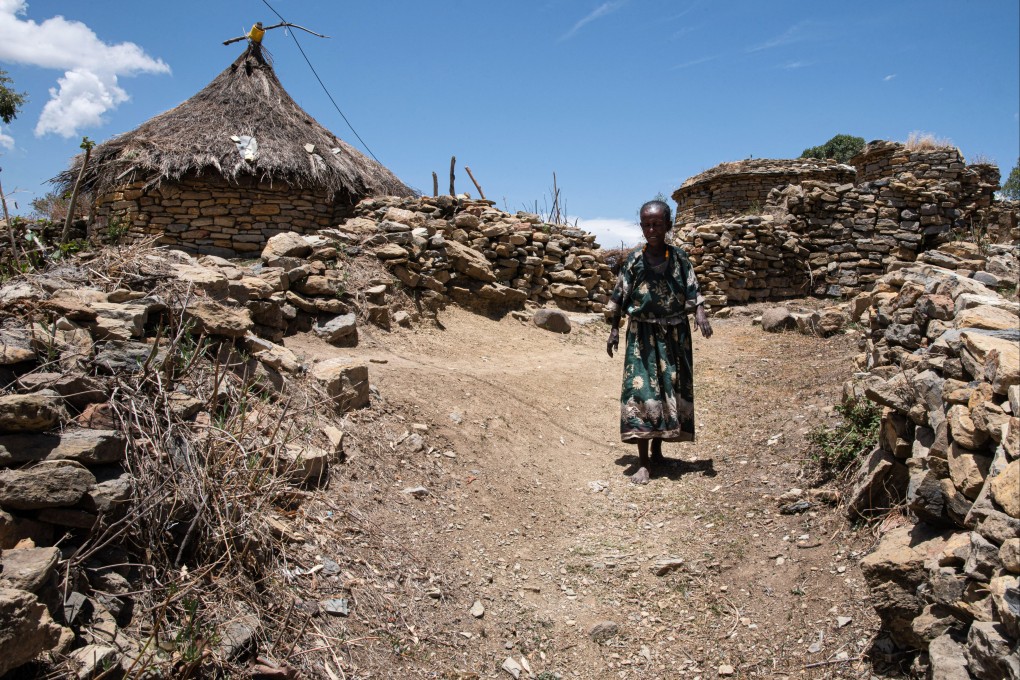Advertisement
The View | IMF, World Bank must do more to defuse the bomb of poor nations’ debt
- The focus is on retooling current approaches while expanding replenishments of the two institutions so more loans can be extended
- But what debt-burdened countries need is an economic re-engineering to produce more lucrative goods and innovative ways to pay down debt using commodities
Reading Time:4 minutes
Why you can trust SCMP
0

The rapid build-up of public debt was on the minds of finance ministers gathered in Washington recently for the spring meetings of the International Monetary Fund and the World Bank.
With the US Federal Reserve likely to keep interest rates higher for longer, inflation stubbornly unyielding worldwide, and the dollar’s rally, pressures are mounting for urgent relief for heavily indebted low-income countries.
The solutions that surfaced in Washington focused on retooling current approaches while expanding replenishments of the two institutions, so more loans could be extended for energy, health and climate change mitigation. The hope is that rapid improvements in those areas would stimulate growth so countries can ease out of the debt crisis.
Compounding the difficulties is the outlook for economic growth and global trade. The IMF forecasts that both will expand more slowly than the historical average for the next few years.
The 75 poorest nations owed their creditors about US$1.1 trillion at the end of 2022, more than double the 2012 level, World Bank data show. Over 60 per cent of low-income countries and at least 25 per cent of middle-income countries are in debt distress or at high risk.
Poor countries use about 14 per cent of their tax revenues to service debt. That share for some countries exceeds 25 per cent. These levels are at least double those of a decade earlier. The problem is exacerbated by one-third of their external debt being charged variable interest rates.
Advertisement
